Brussels sprouts have had a bit of a bad rap, haven't they? It's that classic "I don't like them" vegetable. But trust me, it's all about how you cook them! Growing up, Brussels sprouts were a regular on our dinner table, but they were always boiled to mush. It wasn't until I discovered the magic of roasting that my love for this little green gem blossomed. But today, I'm going to share my secret weapon - stovetop Brussels sprouts. It's a game-changer. They're crispy on the outside, tender on the inside, and oh-so-delicious.
I'm going to take you on a journey, step-by-step, to achieve perfectly cooked Brussels sprouts, but there's more. We'll be exploring different techniques, tackling common challenges, and discovering creative ways to elevate their flavor. So buckle up, because this is going to be a delicious adventure!
Part 1: The Essentials
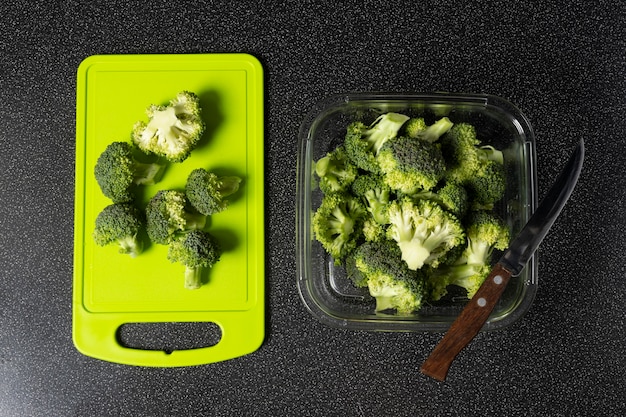
1. Choosing the Right Brussels Sprouts
The foundation of any good dish lies in quality ingredients, and that includes our star player: the Brussels sprout. When you're at the market, look for sprouts that are firm, compact, and have a vibrant green colour. Avoid any sprouts that feel soft, are discoloured, or have signs of wilting. These are signs that the sprout is past its prime and won't cook as well.
I always choose Brussels sprouts that are roughly the same size, as this helps to ensure even cooking. If you have a mix of sizes, you can separate them and cook the smaller ones for a shorter time.
2. Prepping Your Brussels Sprouts
Before we even think about cooking, we need to get our sprouts prepped.
- Trim the Stems: The first step is to trim off the tough, woody stem at the base of each sprout. You can use a sharp knife or a vegetable peeler for this. Just be careful not to cut too deeply, as you want to keep the majority of the sprout intact.
- Wash Thoroughly: Now, give your sprouts a good rinse under cold water to remove any dirt or debris. Remember, we want a clean slate for our cooking adventure!
- Halve or Quarter: This depends on the size of your sprouts. Smaller sprouts can be halved, while larger ones might benefit from being quartered. This helps ensure even cooking and creates a larger surface area for browning. It's also a good idea to cut any particularly large sprouts in half lengthwise to prevent them from becoming tough.
- Optional: Soak in Cold Water: This is a tip I picked up from my mum. She insists that soaking the sprouts in cold water for 10-15 minutes before cooking helps to remove some of the bitterness. It's optional, but definitely worth trying if you're sensitive to bitterness. The cold water helps to draw out some of the natural sugars that can contribute to a bitter flavour.
Part 2: Mastering the Stovetop
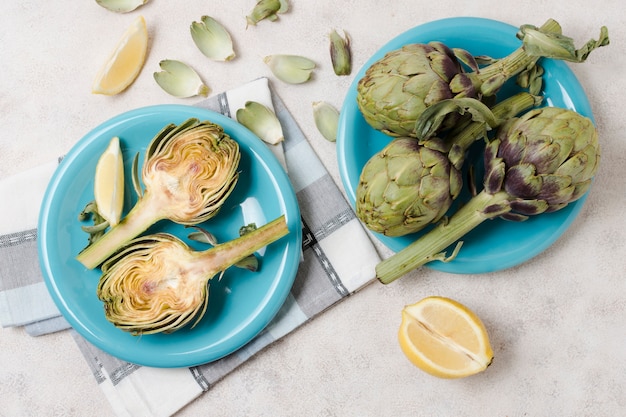
1. The Basics
You’ll need a large skillet or frying pan. Cast iron is my go-to, but any heavy-bottomed pan will do. It should be large enough to hold the sprouts in a single layer without overcrowding. Now, here’s how we get started:
- Heat the Oil: Heat a generous amount of olive oil or your preferred cooking oil over medium-high heat. Make sure the oil is shimmering hot before adding the sprouts. This ensures that the sprouts will brown beautifully and not steam.
- Cook in Batches: To ensure even browning, it’s best to cook the sprouts in batches. Avoid overcrowding the pan as this can lead to steaming instead of browning. If you have a lot of sprouts, it's best to cook them in two or three batches.
- Don’t Touch Them! Resist the urge to stir or move the sprouts for the first few minutes. Let them brown undisturbed. This creates that delicious crispy exterior that we’re after. The first side needs to develop a nice golden brown crust before you flip them.
- Flip and Finish: Once the first side is nicely browned, carefully flip the sprouts and continue cooking until they are golden brown on both sides and tender. Use a spatula to gently flip them, as they can be a bit delicate. The tender part is important - you want them to be cooked through but not mushy.
2. Flavour Boosters
Now, let's talk about flavour! There are endless possibilities when it comes to elevating the taste of your Brussels sprouts. Here are a few ideas to get you started:
- Garlic and Onion: Before adding the sprouts, sauté some diced garlic and onion in the hot oil. It adds a lovely depth of flavour that blends beautifully with the sprouts. The gentle sweetness of the onion and garlic helps to counter the slight bitterness of the Brussels sprouts.
- Bacon or Pancetta: For a truly indulgent treat, add crispy bacon or pancetta to the pan with the sprouts. The smoky flavour and added crunch are a match made in heaven. Make sure to cook the bacon or pancetta until it's crispy before adding the sprouts.
- Herbs and Spices: Get creative with your herbs and spices! Some of my favourites include thyme, rosemary, smoked paprika, chilli flakes, and even a squeeze of lemon juice at the end for a bit of brightness. Fresh herbs like thyme and rosemary add a lovely herbaceous flavour, while smoked paprika adds a smoky depth and chilli flakes provide a bit of heat. Don't be afraid to experiment with different flavour combinations.
3. A Touch of Sweetness
Here’s a little secret that makes a big difference - adding a touch of sweetness.
- Honey or Maple Syrup: A drizzle of honey or maple syrup towards the end of the cooking time adds a lovely caramelisation that takes the sprouts to another level. Trust me, this is a game-changer! The sweetness helps to balance out the bitterness of the Brussels sprouts and create a delicious caramelized crust.
- Brown Sugar: Alternatively, you can sprinkle a pinch of brown sugar over the sprouts before cooking. It creates a crispy, caramelised crust that is simply irresistible. The sugar will caramelize in the pan and create a lovely glaze on the sprouts.
Part 3: Troubleshooting
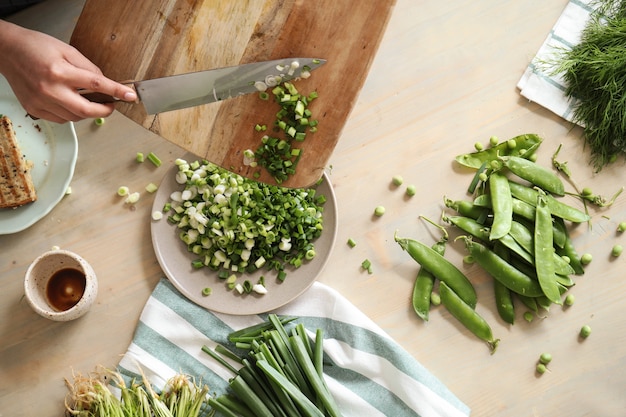
No matter how experienced you are in the kitchen, there’s always a chance that something might not go quite according to plan. Let’s tackle those common Brussels sprout challenges!
1. Burnt Brussels Sprouts
We’ve all been there! The dreaded burnt Brussels sprout. The key is to keep a close eye on the cooking process. If you see any signs of burning, immediately reduce the heat and adjust the cooking time accordingly. The most common cause of burnt Brussels sprouts is cooking them over too high a heat. If you notice the edges of the sprouts starting to brown too quickly, reduce the heat to medium or even low-medium and let them finish cooking through.
2. Mushy Brussels Sprouts
On the other side of the spectrum, we have the dreaded mushy Brussels sprout. This typically happens if you overcrowd the pan, cook them for too long, or overcook them. Avoid overcrowding and use medium-high heat for that perfect balance of crispy and tender. If your sprouts are starting to get mushy, remove them from the pan as soon as they are cooked through. You can also try adding a splash of water to the pan to create steam and help them finish cooking.
3. Bitter Brussels Sprouts
Bitterness in Brussels sprouts can be a bit of a nightmare.
- Soak Before Cooking: As mentioned earlier, soaking the sprouts in cold water for 10-15 minutes before cooking can help to remove some of the bitterness.
- Sweeten the Deal: Adding a touch of sweetness can counteract the bitterness. Honey, maple syrup, or brown sugar are great options.
- Embrace Acidity: A squeeze of lemon juice or a splash of vinegar can also help to cut through the bitterness. The acidity helps to balance out the sweetness of the sprouts and create a more complex flavour profile.
Part 4: Variations and Serving Ideas
Now that you’ve mastered the basics, let’s explore some creative variations and serving ideas!
1. Flavorful Twists
- Asian-Inspired: Add a splash of soy sauce, sesame oil, and a pinch of red pepper flakes for a flavourful Asian twist.
- Indian Spice: For a fragrant Indian flavour, combine ground cumin, coriander, turmeric, and a touch of garam masala.
- Citrus Burst: Try adding a squeeze of orange or lemon juice towards the end of cooking for a zesty kick.
- Smoky Goodness: Enhance the flavour with smoked paprika or chipotle powder.
- Mediterranean Flair: Combine olive oil, lemon juice, garlic, and oregano for a bright and flavorful Mediterranean-inspired dish.
2. Serving Ideas
Brussels sprouts are incredibly versatile and can be enjoyed in many ways. Here are a few serving ideas to inspire your culinary creativity:
- side dish: Serve your perfectly cooked Brussels sprouts as a delightful side dish to roasted chicken, fish, or steak. The crispy texture and earthy flavour make them a wonderful accompaniment to any protein.
- Salad Topping: Add a handful of crispy brussels sprouts to your favourite salad for a satisfying crunch and a boost of flavour. They add a unique texture and earthy flavour to salads.
- Sandwiches or Wraps: Slice the cooked sprouts and add them to your favourite sandwiches or wraps for a healthy and flavourful touch. They add a nice crunch and earthy flavour to sandwiches and wraps.
- Soup or Stew: Chop the sprouts and add them to soups or stews for a hearty and nutritious meal. They add a unique texture and flavour to soups and stews.
- Bruschetta: Combine roasted brussels sprouts with toasted bread, balsamic glaze, and Parmesan cheese for a flavourful bruschetta.
- pasta dish: Add cooked Brussels sprouts to your favourite pasta dish for an added layer of flavor and texture.
Part 5: FAQs
Let’s tackle some of the most common questions about cooking Brussels sprouts.
1. How long do I cook Brussels sprouts on the stovetop?
The cooking time will vary depending on the size of your sprouts and the heat of your stove. As a general guideline, aim for about 10-15 minutes, or until the sprouts are tender and browned.
To test if they are cooked through, pierce one with a fork. It should be tender but not mushy. If you are unsure, you can always cook them for a few minutes longer.
2. What temperature should I cook Brussels sprouts on the stovetop?
Medium-high heat is ideal for achieving that crispy exterior and tender interior. You want the oil to be shimmering hot before adding the sprouts. This ensures that they will brown quickly and not steam. If you find that your sprouts are browning too quickly, reduce the heat to medium or low-medium.
3. Can I cook Brussels sprouts in the oven?
Absolutely! Roasting Brussels sprouts is a classic and delicious method. Preheat your oven to 400°F (200°C), toss the sprouts with olive oil, salt, pepper, and any desired seasonings, and roast for 20-25 minutes, or until tender and browned.
For extra crispy Brussels sprouts, you can roast them at a higher temperature, such as 425°F (220°C). Just make sure to watch them closely so they don't burn.
4. What are the health benefits of Brussels sprouts?
Brussels sprouts are packed with nutrients, including vitamins, minerals, and antioxidants. They are a good source of vitamin C, vitamin K, folate, and fibre. They are also low in calories and fat.
Brussels sprouts are a great source of vitamin C, which is an antioxidant that helps protect your cells from damage. They are also a good source of vitamin K, which is important for blood clotting. Folate is essential for cell growth and development, while fibre is important for digestive health.
5. How do I store Brussels sprouts?
Store unwashed Brussels sprouts in a plastic bag in the refrigerator for up to 5 days. Avoid washing them before storing, as this can cause them to spoil more quickly.
It is important to store Brussels sprouts in a cool, dry place. If you wash them before storing, they will likely spoil more quickly. To ensure that your Brussels sprouts stay fresh, try to buy them as close to the time you plan to use them as possible.
Part 6: Beyond the Basics
Now that we’ve covered the essentials, let’s delve into some advanced techniques and tips to truly elevate your Brussels sprout game.
1. The Art of Charring
For a smoky, intensely flavoured Brussels sprout, try charring them over a hot grill or under a broiler. This adds a depth of flavour that will make your taste buds sing.
To char Brussels sprouts on the grill, preheat your grill to medium-high heat. Then, place the Brussels sprouts directly on the grill grates and cook for 5-7 minutes per side, or until they are charred and tender. For broiling, preheat your broiler to high. Then, place the Brussels sprouts on a baking sheet and broil for 5-7 minutes, or until they are charred and tender.
2. The Power of Blanching
Blanching is a technique where you briefly boil the sprouts in salted water before cooking them on the stovetop or in the oven. This helps to tenderise the sprouts and make them more receptive to browning.
To blanch Brussels sprouts, bring a large pot of salted water to a boil. Then, add the Brussels sprouts and cook for 2-3 minutes, or until they are just tender-crisp. Remove the sprouts from the boiling water and immediately plunge them into a bowl of ice water to stop the cooking process. Once the sprouts are cool, drain them and pat them dry. You can then cook them as usual.
3. Creative Garnishes
A sprinkle of fresh herbs, toasted nuts, crumbled cheese, or a drizzle of balsamic glaze can transform your Brussels sprouts into a culinary masterpiece.
Toasted pecans or walnuts add a lovely crunch and nutty flavour. Crumbled goat cheese or feta cheese adds a tangy flavour and a creamy texture. A drizzle of balsamic glaze adds a touch of sweetness and acidity. And, of course, you can't go wrong with a sprinkle of fresh parsley or chives.
Part 7: Experiment and Discover
The beauty of cooking lies in experimentation and discovery. Don’t be afraid to try new things, get creative, and find what works best for you.
1. Embrace Your Inner Chef
Don’t be afraid to experiment with different flavour combinations, techniques, and serving ideas. The culinary world is your oyster, and there’s no right or wrong way to cook Brussels sprouts.
For example, if you like spicy food, you could add a pinch of cayenne pepper or red pepper flakes to your Brussels sprouts. Or, if you prefer a sweeter flavour, you could add a drizzle of honey or maple syrup. The possibilities are endless!
2. Trust Your Instincts
As you gain experience, you’ll develop your own sense of what tastes best. Trust your instincts, and don’t be afraid to deviate from recipes if you feel inspired to do so.
If you're not sure if something will taste good, just try it! You might be surprised at how delicious it turns out. Cooking should be fun and creative, so don't be afraid to experiment.
3. Have Fun!
Most importantly, have fun! Cooking should be a joyful experience. Embrace the process, learn from your mistakes, and celebrate the delicious results!
Cooking should be a stress-free and enjoyable activity. So relax, have fun, and don't be afraid to experiment. You might just discover your new favorite way to cook Brussels sprouts.
Part 8: A Final Thought
Brussels sprouts are often overlooked, but with the right approach, they can be a truly delightful addition to your meal. I hope this guide has inspired you to give them another try. Remember, with a little love and attention, you can turn this humble vegetable into a culinary star!
Everyone is watching

How to Cook Frozen Lobster Tails Perfectly: A Step-by-Step Guide
RecipesLobster. Just the word conjures up images of lavish meals, special occasions, and a taste of luxury. But let's...

Pigs in a Blanket Cooking Time: How Long to Bake for Perfect Results
RecipesAh, pigs in a blanket. Just the name conjures up images of those delightful little parcels of crispy pastry en...

Pork Fillet Cooking Time: How Long to Cook It Perfectly
RecipesPork fillet, or tenderloin as it's sometimes called, is a real favourite in our house. It's so versatile, and...
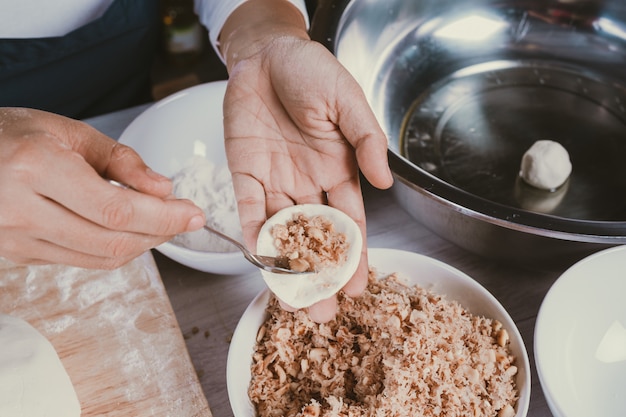
The Ultimate Guide to Tender, Juicy Pulled Pork
RecipesRight, let's talk pulled pork. It's one of those dishes that just screams "comfort food," doesn't it? I mean...
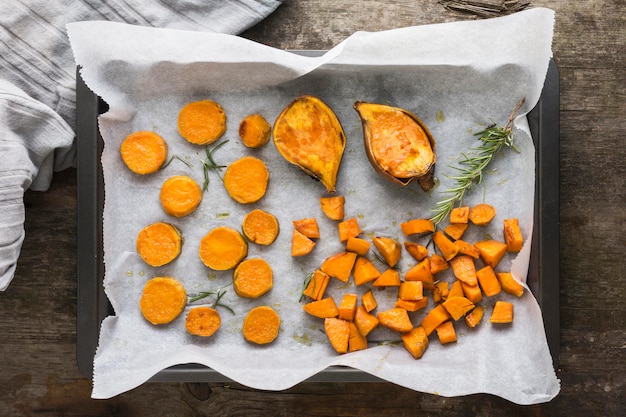
The Ultimate Guide to Cooking Sweet Potatoes: From Roasting to Mashing
RecipesSweet potatoes. Just the name conjures up images of warm, comforting dishes, bursts of vibrant color, and a to...
